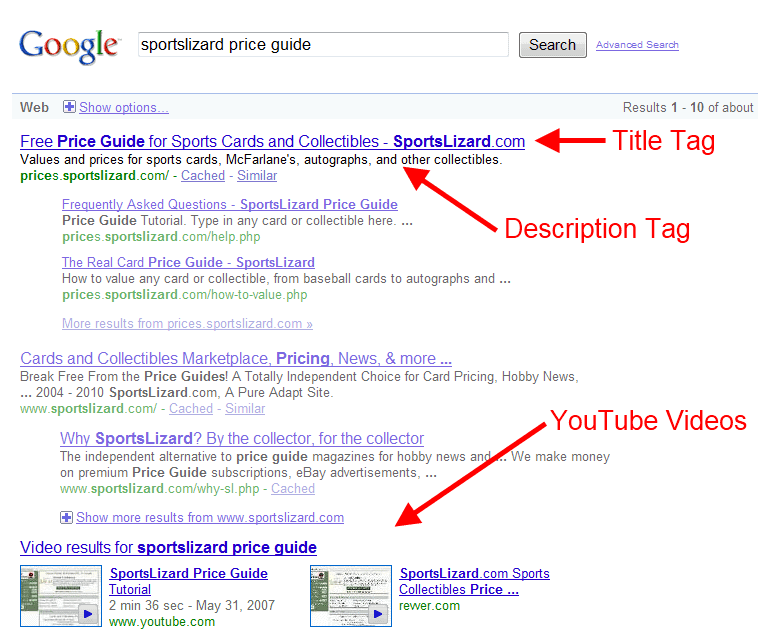Hunting for Good Inbound Links – Eliminating the Bad
Inbound links or back linking is a tricky topic. It’s difficult to write about, can be tedious to implement and there are many gotchas to avoid. Why should I want to tackle this on a Monday morning I ask myself? The fact is, this area of SEO is still as important as ever and the rules of the game periodically change, as search engines continue their Darwinian evolution right in front of our eyes. I encourage you to take the Sherlock Holmes approach with link building as I help you investigate the evidence, deciphering the good from the bad ways to get links.
What is an Inbound Link and Why is it Important?
I’ll keep it simple by saying that search engines consider a vote for your website, from another one of good authority and relevance one of the prime factors in search engine results.
Anatomy of a Link – Remember: Authority and Relevance
- Link Anchor Text – A keyword phrase is used to link to you
- Global Popularity/PageRank – The authority of the site linking to you (also for more info on this please read our post on Link Trading)
- Topical Links – The link you receive is from a site on the same topic e.g. real estate
- Text Surrounding Link – Added relevance for search engines for relevancy
 7 Ways To Create Links ‘Naturally’?
7 Ways To Create Links ‘Naturally’?
- Directory Submission – Choose good ones such as Yahoo, DMOZ and ones related to your industry that is managed by humans. Just make sure to add your site to the most relevant category.
- Article Submission – Allow others to use your content who have to provide you with a link by copyright e.g. EZine Articles
- Social Bookmarking/Media – An easy way to generate your own links. Twitter is a fantastic way to get your site/post indexed. With the new Google caffeine, tweets have more power than ever before.
- Blog Commenting – This could be a whole other post, but avoid unrelated comments or any hard sell. Most blogs have “no follow” attributes for search engines, so don’t think of this strictly for SEO purposes but for engaging in your community. Tip: Put a your keyword in the “name” area, and then your url. (will create a hot link with anchor text)
- Your Blog – Link back to your site where relevant.
- Good Content – Some of the best and biggest companies now, got to where they are through great content that became hubs for their industries e.g. 37 Signals, Hubspot etc, so providing useful content that people enjoy is ultimate ‘Link Bait’. These companies offered free tools, web 2.0 user generated content, reviews, interviews, useful data and video as a start. What can YOU provide that is UNIQUE?
- Site Usability – A good navigation structure (see image above) will make it easier for others to link to you and for search engines to crawl your site.

Beware Unscrupulous Link Building & Black Hat SEO
These days I am surprised that people still try to get away with these, since it seems as much work as white hat SEO but nevertheless, if you are attracted to the dark side of life, then here’s a reminder of your options and why not to bother:
- Link Farms – (Marginalized) Companies that create vast quantities of links to your web page, which is easy to spot by search engines; Don’t do it!
- Copying Content for Republish – Google has at least 2 copies of the whole Internet, so it knows what’s what and you could risk being sued. Don’t do it!
- Keyword Stuffing – An old school technique, which is easy to spot and no one will read it. Don’t do it.
- Cloaking – A clever(ish) idea of delivering 2 types of content; one for search engines the other for humans. A sure fire banning, so don’t do it!
- Hidden Text – For example white text on a white background. This is harder to detect but it will get spotted sooner or later by Google. Don’t do it!
Good luck out there, it can be a jungle, so be judicious in your choices and remember that if you create great content you may end up with great inbound links. Let me know about your experiences! Tom Cull









